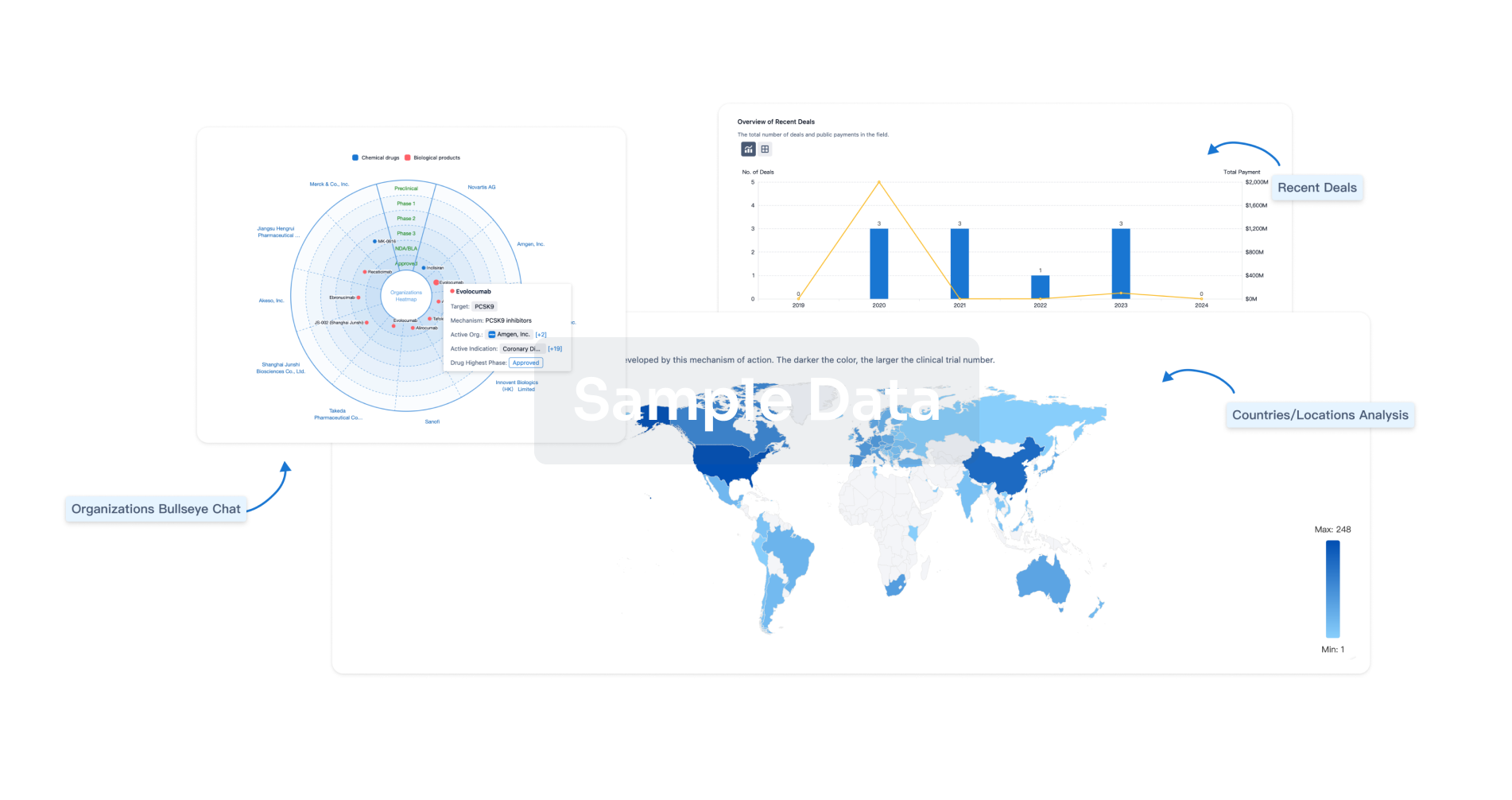Request Demo
Last update 08 May 2025
PRAP1
Last update 08 May 2025
Basic Info
Synonyms Epididymis tissue protein Li 178, PRAP1, proline rich acidic protein 1 + [3] |
Introduction Lipid-binding protein which promotes lipid absorption by facilitating MTTP-mediated lipid transfer (mainly triglycerides and phospholipids) and MTTP-mediated apoB lipoprotein assembly and secretion (By similarity). Protects the gastrointestinal epithelium from irradiation-induced apoptosis (By similarity). May play an important role in maintaining normal growth homeostasis in epithelial cells (PubMed:14583459). Involved in p53/TP53-dependent cell survival after DNA damage (PubMed:23235459). May down-regulate the expression of MAD1L1 and exert a suppressive role in mitotic spindle assembly checkpoint in hepatocellular carcinomas (PubMed:24374861). |
Analysis
Perform a panoramic analysis of this field.
login
or

AI Agents Built for Biopharma Breakthroughs
Accelerate discovery. Empower decisions. Transform outcomes.
Get started for free today!
Accelerate Strategic R&D decision making with Synapse, PatSnap’s AI-powered Connected Innovation Intelligence Platform Built for Life Sciences Professionals.
Start your data trial now!
Synapse data is also accessible to external entities via APIs or data packages. Empower better decisions with the latest in pharmaceutical intelligence.
Bio
Bio Sequences Search & Analysis
Sign up for free
Chemical
Chemical Structures Search & Analysis
Sign up for free
